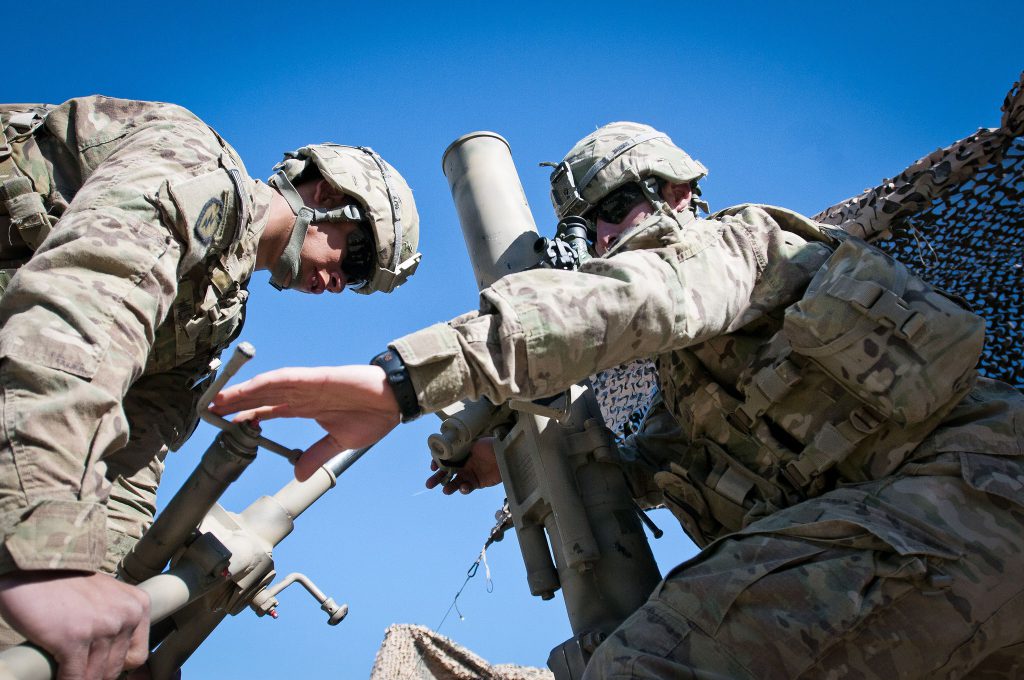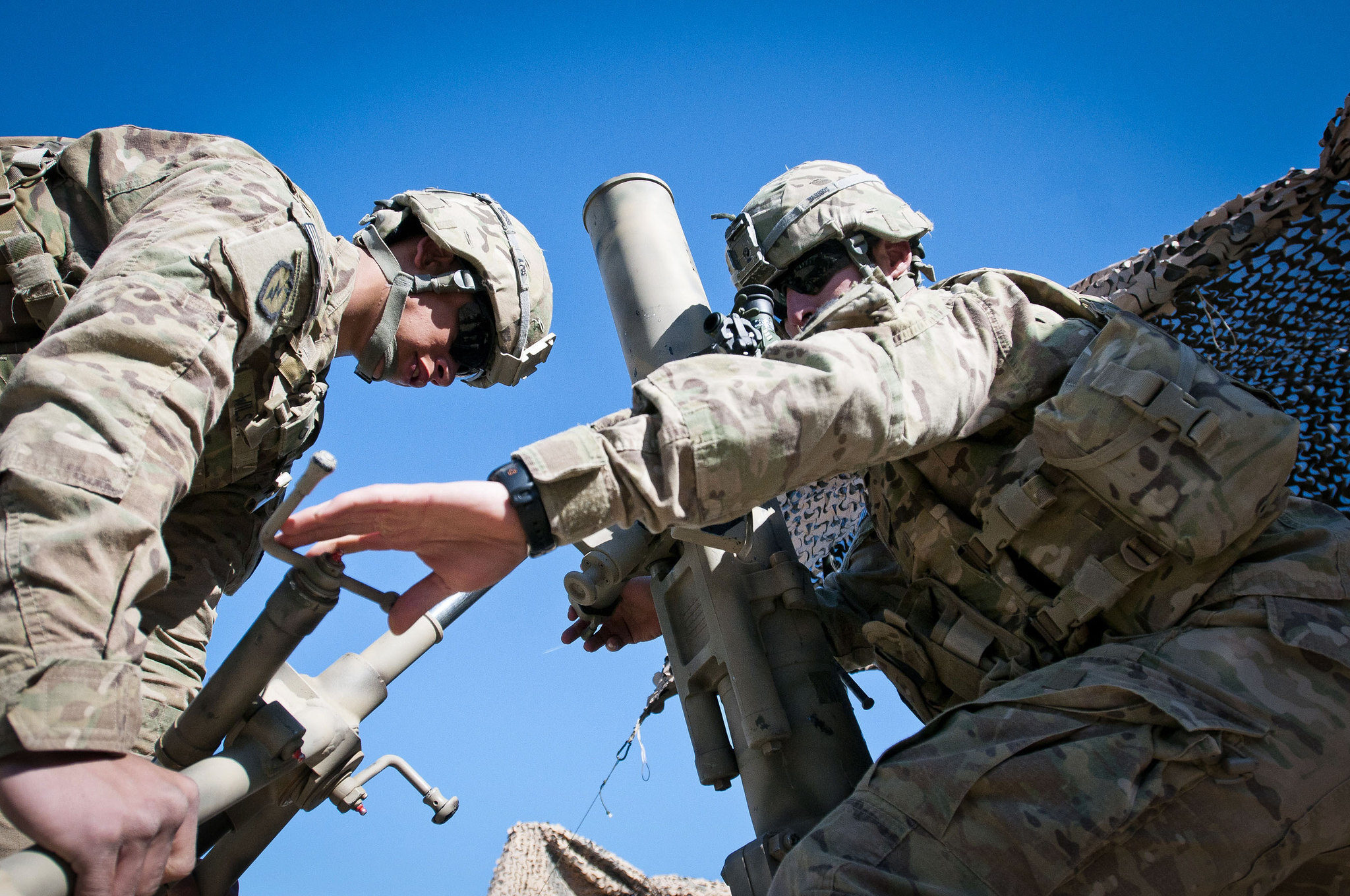

Objective
It is projected in the future fight, the speed of battle will be imperative and every munition employed must be effective. AI/ML will be a great enabler for improved flexibility to changing battlefield conditions and rapid decision making. Armaments Fire Control Radar to Projectile Datalinks currently in development can provide the infrastructure to bring operational data back for algorithm training and also for optimization during tactical operations. AI/ML can be inserted at multiple points along the Kill Chain to optimize Fires and enhance performance. Datalink architecture enables round to round applications as well as ground to round. The topic objective is as follows: develop Machine learning architecture that can ingest battlefield data and optimize conditions based on new information on the threat picture. This architecture can be used with real data that is collected via ground radar to projectile datalinks and trained to develop algorithms for implementation in real time systems. This can exist at multiple points in the kill chain and use multiple types of ML optimization algorithms.
Description
Currently, the only battlefield condition data at the edge is provided by forward observers. The FDC Commander does not have enough information to make rapid decisions and adjustment of fires or maneuver of projectiles in flight. Also, gun hardened Tactical Datalinks for munitions/radars are still in development to be exploited and utilized fully.
Therefore, this topic aims to utilize Artificial Intelligence and Machine Learning (AI/ML) to produce Optimization networks and algorithms that can be inserted in the Fires kill chain for rapid and flexible mission adjustments in real time. It also aims to leverage Ground Radar to Projectile Datalink architecture that links projectiles in flight to Fire Control (FC) Radars and Fire Direction Center (FDC) to identify data that can be used to train ML algorithms along the kill chain. Some examples of ML in this context include but are not limited to: Optimization of Projectiles/Targets to maximize efficiency and minimize overkill while adapting to changing battlefield conditions; Use datalink to collect onboard sensor data from operational environments to train Aided Target Recognition algorithms; Use ML to quickly assess Gun errors based on first projectile in flight’s initial trajectory and correct next rounds in real time; Training architecture that can quickly optimize and produce best courses of action with confidence levels to report back to Commander for action. The new approach will be to utilize new Radar to Round datalinks to bring back data from the front lines to update battlefield conditions. This can be anticipated to develop optimization algorithms that can provide alternate scenarios and choices to the commander with various confidence levels to enable faster decision making. If successful, it could have the following impact: enable rapid adjustments of fires, including projectiles in flight based on changing or new threat target information; enable efficient Fires and optimization of all resources (radar, datalink, rounds in flight); enable round to round communications and optimization algorithms for minimizing overkill.”
Phase I
This is a Direct to Phase II effort. Please see Phase II Topic Description for further instruction.
Phase II
Phase II will consist of the following: Develop techniques and initial simulation environment, produce initial optimization problem sets and demonstrate; Further develop multiple optimization algorithms and environments based on various AI/ML insertion points in the Fires Kill chain; Develop and train with multiple scenarios generated from User discussions.
Phase III
Phase III will consist of the following: Implement real time algorithms to be inserted into Platform FC, FDC, Munition and Radar Programs of Record.
For more information, and to submit your full proposal package, visit the DSIP Portal.

References:
Objective
It is projected in the future fight, the speed of battle will be imperative and every munition employed must be effective. AI/ML will be a great enabler for improved flexibility to changing battlefield conditions and rapid decision making. Armaments Fire Control Radar to Projectile Datalinks currently in development can provide the infrastructure to bring operational data back for algorithm training and also for optimization during tactical operations. AI/ML can be inserted at multiple points along the Kill Chain to optimize Fires and enhance performance. Datalink architecture enables round to round applications as well as ground to round. The topic objective is as follows: develop Machine learning architecture that can ingest battlefield data and optimize conditions based on new information on the threat picture. This architecture can be used with real data that is collected via ground radar to projectile datalinks and trained to develop algorithms for implementation in real time systems. This can exist at multiple points in the kill chain and use multiple types of ML optimization algorithms.
Description
Currently, the only battlefield condition data at the edge is provided by forward observers. The FDC Commander does not have enough information to make rapid decisions and adjustment of fires or maneuver of projectiles in flight. Also, gun hardened Tactical Datalinks for munitions/radars are still in development to be exploited and utilized fully.
Therefore, this topic aims to utilize Artificial Intelligence and Machine Learning (AI/ML) to produce Optimization networks and algorithms that can be inserted in the Fires kill chain for rapid and flexible mission adjustments in real time. It also aims to leverage Ground Radar to Projectile Datalink architecture that links projectiles in flight to Fire Control (FC) Radars and Fire Direction Center (FDC) to identify data that can be used to train ML algorithms along the kill chain. Some examples of ML in this context include but are not limited to: Optimization of Projectiles/Targets to maximize efficiency and minimize overkill while adapting to changing battlefield conditions; Use datalink to collect onboard sensor data from operational environments to train Aided Target Recognition algorithms; Use ML to quickly assess Gun errors based on first projectile in flight’s initial trajectory and correct next rounds in real time; Training architecture that can quickly optimize and produce best courses of action with confidence levels to report back to Commander for action. The new approach will be to utilize new Radar to Round datalinks to bring back data from the front lines to update battlefield conditions. This can be anticipated to develop optimization algorithms that can provide alternate scenarios and choices to the commander with various confidence levels to enable faster decision making. If successful, it could have the following impact: enable rapid adjustments of fires, including projectiles in flight based on changing or new threat target information; enable efficient Fires and optimization of all resources (radar, datalink, rounds in flight); enable round to round communications and optimization algorithms for minimizing overkill.”
Phase I
This is a Direct to Phase II effort. Please see Phase II Topic Description for further instruction.
Phase II
Phase II will consist of the following: Develop techniques and initial simulation environment, produce initial optimization problem sets and demonstrate; Further develop multiple optimization algorithms and environments based on various AI/ML insertion points in the Fires Kill chain; Develop and train with multiple scenarios generated from User discussions.
Phase III
Phase III will consist of the following: Implement real time algorithms to be inserted into Platform FC, FDC, Munition and Radar Programs of Record.
For more information, and to submit your full proposal package, visit the DSIP Portal.
References:
